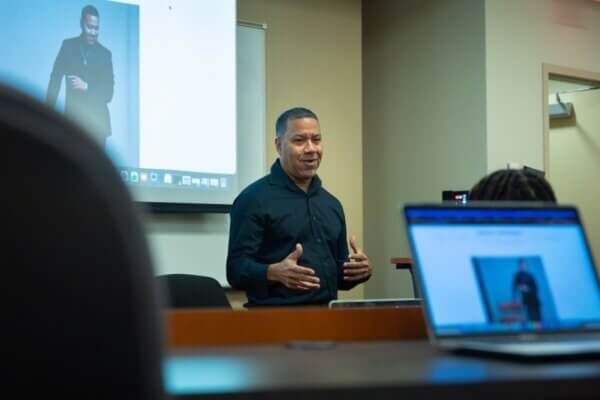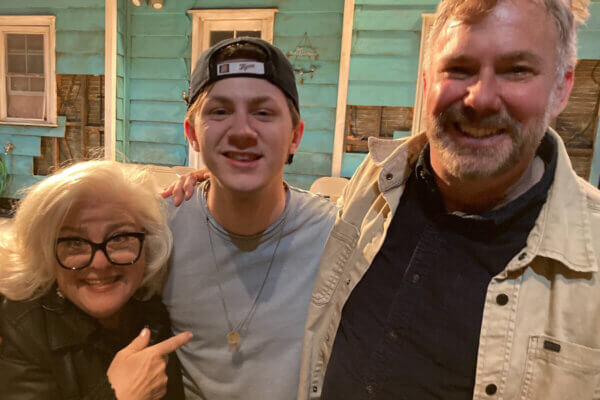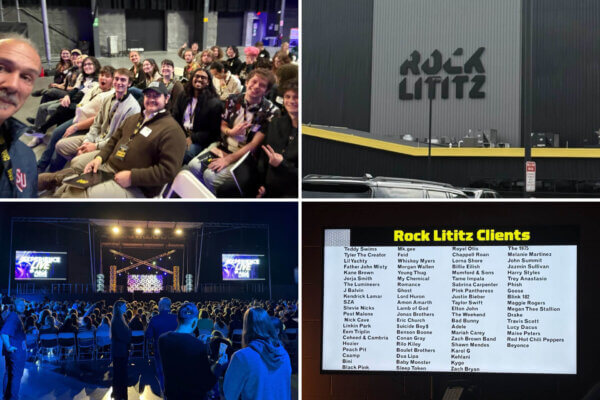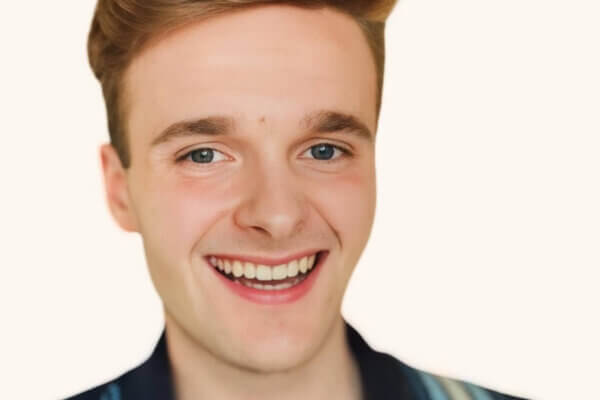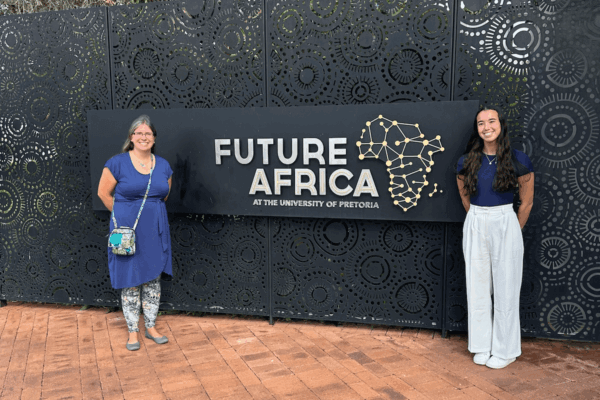Friday Faculty Spotlight: Sarah R. Daniel, Ph.D.
Find out more about Dr. Daniel as an educator, triathlete and an iconic Christmas character
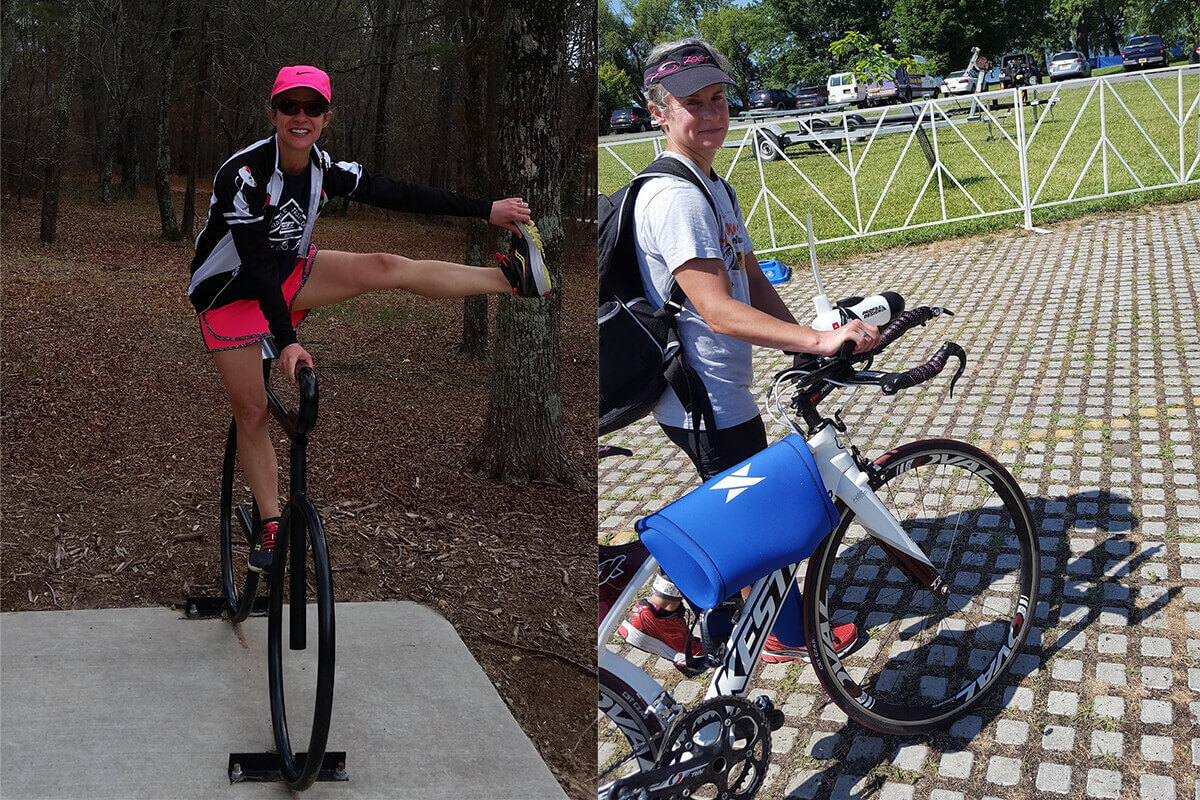
The new academic year has started, which means the Friday Faculty Spotlight has returned! This week, the spotlight is on Division of Education & Leadership Associate Professor of Quantitative Methods Sarah R. Daniel, Ph.D.
In her full Friday Faculty Spotlight Q&A, you’ll learn more about what drew Dr. Daniel to Shenandoah, how she keeps students engaged, and how she balances all her work (she’s also the chair of the SU Senate Faculty Affairs Committee and sits on many dissertation committees) with her life as a triathlete.
If there’s a faculty member you feel the university community needs to get to know better, just fill out the Friday Faculty Spotlight submission form. Friday Faculty Spotlights appear in the SUN-e and on the university’s website. If you have any questions, please contact omc@su.edu.
You’ve been with Shenandoah since 2011. What first appealed to you about the university?
Several things appealed to me:
- SU’s openness to trying new and innovative things
- The opportunity to work with graduate students
- I was intrigued by the opportunity to teach quantitative methods, including statistics, to doctoral students. From my experiences, sometimes statistics is taught rather divorced from quantitative methods. At SU I have the opportunity to more seamlessly integrate the understanding and use of statistics into the quantitative research design in which they are used.
Your background is in psychology, experimental psychology, program evaluation, and educational psychology. How do those areas of expertise relate to your work at Shenandoah?
I came to SU to teach quantitative methods and assessment courses. My background in these areas gives me a strong understanding of best practices in research methods (quantitative, qualitative, and mixed methods) and opportunities to conduct research using these methods. I have also utilized my knowledge and research into group processes and regulated learning (two areas of educational psychology) to design and deliver my courses.
What is your teaching philosophy, and how do you keep yourself and your students inspired?
I am all about engaging the students with the content they are learning. My courses are filled with activities (individual and group) that give them the opportunities to test their understanding of what they are hearing and learning. These activities also provide me with valuable feedback, which I use in designing future classes and activities. I am also a firm believer in connecting what students are learning to what they already know and exploring how this new knowledge could be useful in their professional and personal lives.
What do you hope your students will take with them from their time working with you?
I hope they will take away an appreciation for quantitative methods and statistics and the confidence that they can do quality quantitative research, including statistics. Students often come to my courses with anxiety about math, translating into anxiety about statistics. By the time they finish my courses, I hope they see how useful statistics can be in many aspects of their life, from work application to being a critical consumer of research.
What do you enjoy most about your work?
Seeing my students explore topics and problems they are passionate about and using what they discover to make a difference in their professions and beyond.
As a dissertation chair, You’re often leading or part of dissertation committees. What attracts you to serving in this role?
I love the opportunity to work individually with students on research projects (dissertations) they are passionate about. I see the dissertation as the most rewarding and most challenging stage of earning a doctorate, and I am honored to support students in the culmination of their doctoral studies.
You’re also a triathlete! When and why did you start competing? Also, how much time do you spend on training each week? Is it difficult to incorporate into an undoubtedly busy schedule?
I have always loved the water and learned to swim at an early age and swam competitively through junior high school. I worked summers as a lifeguard after high school to assist with college expenses. I also began running in college for the health benefits and came to really enjoy it. So I was already proficient in two of the three disciplines. I took up the third discipline, biking, when I met my future husband, who happened to be training for an Ironman triathlon distance at the time! I found I really loved biking, which is now my favorite of the three. Many of our early dates entailed biking, swimming, running, or some combination of three. I also had the opportunity to support him as he participated in various triathlons in preparation for his Ironman. I was impressed with how these events drew people of all ages and backgrounds united by a shared appreciation of the sport. Luckily, my husband is also training with me, so it is part of our time together. Considering the demands of both our work, I think it would be hard to prioritize training if only one of us was doing it.
How do you spend your remaining free time?
I spend my free time with my husband doing yard work, house renovations, or training for our next triathlon or long-distance bike ride.
What’s a little-known fact about you?
I volunteer with my husband every Christmas as Mr. & Mrs. Claus at the assisted living facility where he works.
I have completed every distance triathlon race (see below) except the full Ironman distance (which I haven’t scratched off my to-do list yet!)
- Sprint: 750m swim / 25K Bike / 5K Run
- Olympic: 900m swim / 45K bike / 10K Run
- ½ Ironman: 1.2 mile swim / 56 mile bike / 13.1 mile run
- Full Ironman: 2.4 mile swim / 112 mile bike / 26.2 mile run
My latest accomplishment was completing the August 2022 Luray Sprint distance triathlon and finishing first in my respective age category.
